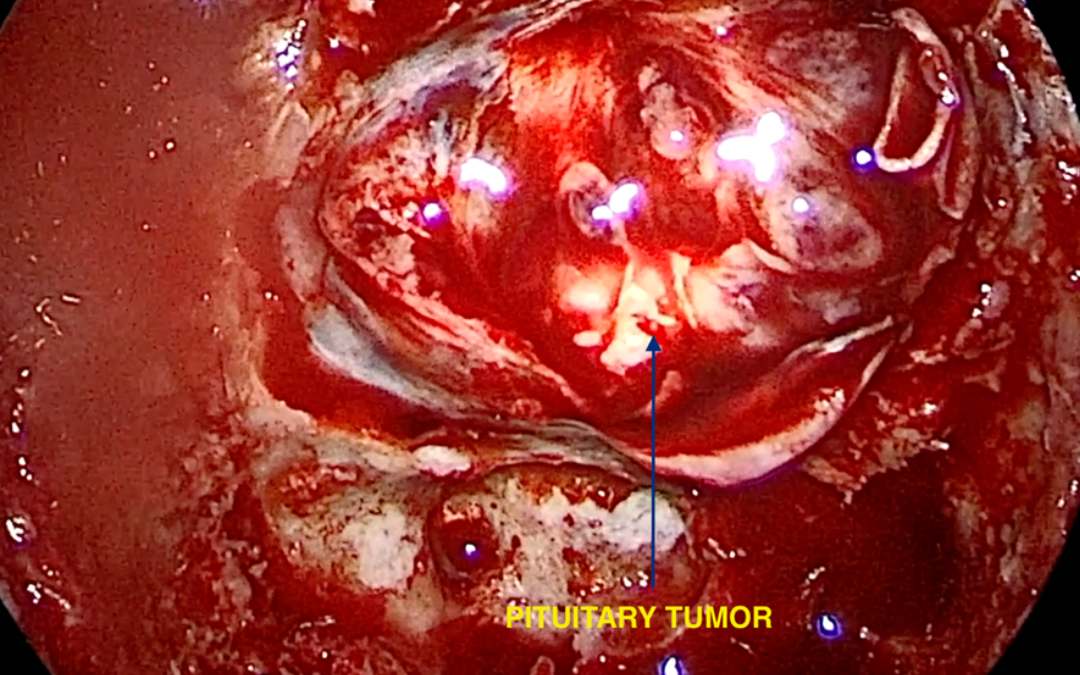What is pituitary gland
⦁ Despite being less than 1 cm and weighing only 0.6 gm , Pituitary gland is also called as master gland as it controls the secretion of major hormones like Growth hormones( controls growth), thyroid hormone, prolactin( necessary for lactation),cortisol and gonadotrophic regulating hormonesr. Thus it regulates every major organ system.
How common are pituitary tumors?
⦁ Autopsy and modern imaging suggest that 15-20% of general population harbor pituitary microadenoma( less than 1 cm).
What are types of tumors?
⦁ Functional: they secret specific type of hormone resulting its side effect on body. E.g. Growth hormone: gigantism, dwarfism; prolactin: menstrual irregularities, infertility. These types of tumour are less common.
⦁ Non Functional: They don’t secrete any hormone. Patient present with its mass effect due to increase in size . They are most common types of tumors. Patient present mostly with visual field cuts unable to see sideways objects clearly.
Are these tumors life threatening?
Bleeding into tumors (pituitary apoplexy) may cause sudden increase in intracranial pressure. This may require emergency surgical intervention , if bleed is large , to save life.
What are the treatment options?
Microadenomas( size <1cm): detected incidentally or non functional, these tumors can be observed without surgical intervention with repeat MRI at regular interval. Macroadenomas and Functional ( size > 1 cm): these tumors require surgical intervention to decrease mass effect to save vision or reverse the effects of excessive hormone secretion.
How surgery is performed?
Now a days most of these tumors are generally treated with endoscopic surgery through nose . Really for large tumors craniotomy ( opening of skull) is required.
What are the complications during surgery?
⦁ CSF , watery fluid in brain may leak through nose which may require second surgery to stop it.
⦁ Electrolyte imbalance due to excessive urination which may require close observation and medicines to control urine output
⦁ Very rarely haemorrhage into operative site require second surgery to evacuate the hematoma.
⦁ It may be difficult to remove complete tumor due to its close proximity to vital structures like ICA( major arteries supplying brain) which may regrow in future.
Are these patients get cured after surgery?
Patients in whom most of tumor has been removed without any postoperative complications need regular follow up with MRI brain and hormonal profile check up .
OPERATIVE VIDEO LINK: DETAIL VIDEO LINK: https://youtu.be/bNISxyotyCU





